How the Socceroos uniquely amplify Australia’s lesser-heard voices
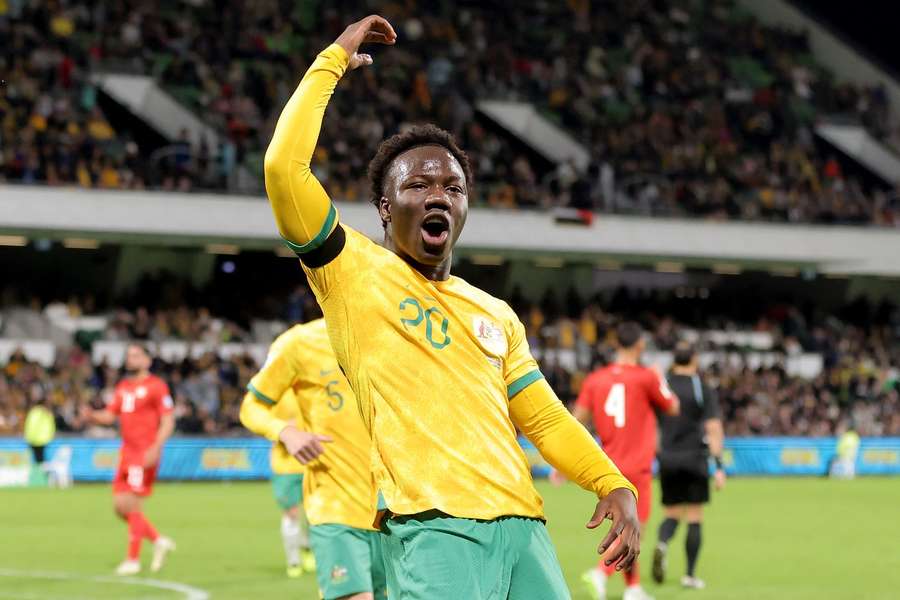
In decades before Aloisi's iconic strike, football - or 'soccer' - was known in quarters of Australian society, rather disparagingly, as ‘wogball.’ In Australia, ‘wog’ is a pejorative term for a migrant, particularly one from the Mediterranean region. In other English-speaking countries, this term is used differently and is much more offensive.
Football was not (and still is not) one of Australia’s primary sports, despite being one of the most popular youth sports. What’s more, the Socceroos - the men’s national football team - were not one of the country’s best-followed sporting exports.
The media and public were (and still are) more focused on the cricket team, rugby’s Wallabies, Olympic athletes and, increasingly in recent years, the major domestic leagues - the AFL and NRL.
The women's football team - the Matildas - have since succeeded in becoming one of the nation's darlings, however, and consistently compete with the world's best but that's for another time.
Men's football was and is squeezed in somewhere between all these other focuses and for the longest time was powered along, quietly in the background, by the so-called ‘ethnic clubs’ that were established largely by post-war migrant communities in Australia’s major cities.
Long before the A-League existed (it kicked off in 2005), the top tier of Australian football - the National Soccer League (NSL) - was full of clubs that were not just proud of their ethnic community connections, but were defined by their ethnic roots.
Sydney United and Melbourne Knights (both Croatian community clubs), South Melbourne and Sydney Olympic (both Greek community clubs) and Marconi Stallions (an Italian community club from Sydney) are all examples that were present in the NSL’s final season. Most of these clubs now exist in the second-tier, semi-professional, state leagues beneath the A-League.
And there are plenty more clubs that echo these examples. Of the former winners of the old NSL over the years there is Sydney City (now Maccabi Hakoah - a Jewish community club), St. George (established by the Hungarian community), APIA Leichhardt, Adelaide City, West Adelaide & Brunswick (all Italian clubs).
The people who set up these football clubs came to Australia out of the wreckage of post-war Europe. Football became the sport of their communities, not exclusively but enough for the unfortunate term ‘wogball’ to take hold and then, thankfully, largely die out as the sport became more mainstream in recent decades.
The children of the people who established those clubs and, more importantly, the playing graduates of those clubs would go on to shape the face of the Socceroos throughout the late 20th century and into the 21st.
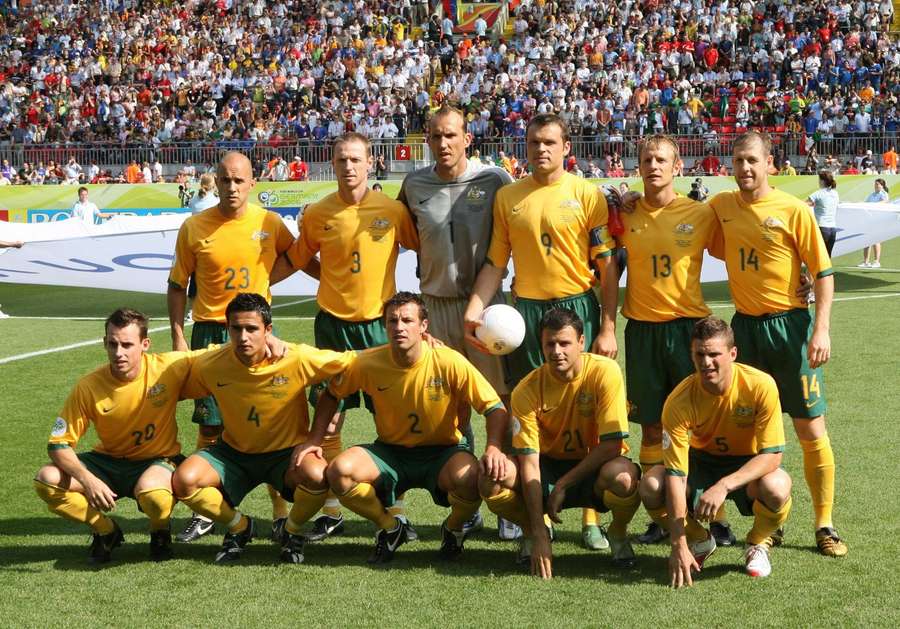
Australia’s 2006 World Cup side is generally considered the zenith for what is known as their 'golden generation' and the names in that squad remind of the ethnic community hubs that nurtured football in the country for so long in the shadows of other sports.
John Aloisi, Mark Viduka, Jason Culina, Stan Lazaridis, Josip Skoko, Ante Covic and Zeljko Kalac (to name a few) all not only descend from the very communities that established such clubs mentioned but all have playing connections to ethnic community clubs and then went on to become renowned Socceroos. And there were many more before those, too.
Ex-Sydney United players Ned Zelic and Mark Bosnich made their respective marks in Europe earlier on. Even former Italy international Christian Vieri, who spent part of his childhood in Sydney, played for Marconi.
The power of the Socceroos' multicultural core around the time of the golden generation was that suddenly a huge slice of Australian society had a successful sports team they could look at and could see themselves in when they previously hadn’t. It was about sharing an identity: They have names like us, they look like us, they come from the same places as us and, most importantly, they are winning.
Of course, that team was very White and so not a true representation of every Australian face or minority group but it was nonetheless representing an Australia that desperately wanted to be represented and to a degree of global exposure that no other team had before.
When Aloisi scored that penalty to send Guus Hiddink’s side to the World Cup, Australia roared. In that collective roar were hundreds of thousands of voices cathartically acknowledging that they were no longer ‘wogs’ or migrants but just regular Australians celebrating their team. The overriding sentiment was: I’m Australian, you’re Australian and WE’RE ALL GOING TO THE WORLD CUP! Everyone wanted to be a part of it.
Of course, a big part of the impact of that qualification was that it was the first since 1974 - the start of a run of five consecutive qualifications up to and including Qatar 2022. After Hiddink’s side went out in the Round of 16 in 2006, the next three World Cups saw the Socceroos exit at the group stage. Fellow Dutchmen Pim Verbeek and Bert van Marwijk led the team in 2010 and 2018, respectively, with current Tottenham manager Ange Postecolgou at the helm in 2014.
Postecoglou, as an aside, is a brilliant example of an Australian who speaks of and understands the power and purpose of the Socceroos as a cultural vehicle for providing a voice to lesser-heard communities.
He and his parents moved to Melbourne from Greece in 1970. Legally, they changed their name to ‘Postekos’ because it was easier for people in Australia to pronounce. He rose through the youth ranks at South Melbourne and went on to play almost 200 matches for the senior team before managing them. He would go on to lead the Socceroos to their 2015 Asian Cup triumph - still, the country's only major international trophy.
If you could embody the story of the sport's transition from ‘wogball’ to football in a man, you’d be hard-pressed to find a better example, or a better person, than Postecoglou. That, in a nutshell, is why he was and is such a powerful figure in the sport Down Under.
The pride of a migrant-background kid in Australia seeing the Socceroos perform on the international stage for the first time is not dissimilar from the pride we all felt when an Aussie was appointed the manager of a Premier League club for the first time. It’s a feeling of rising validation, a feeling of: ‘We are allowed to do this too’.
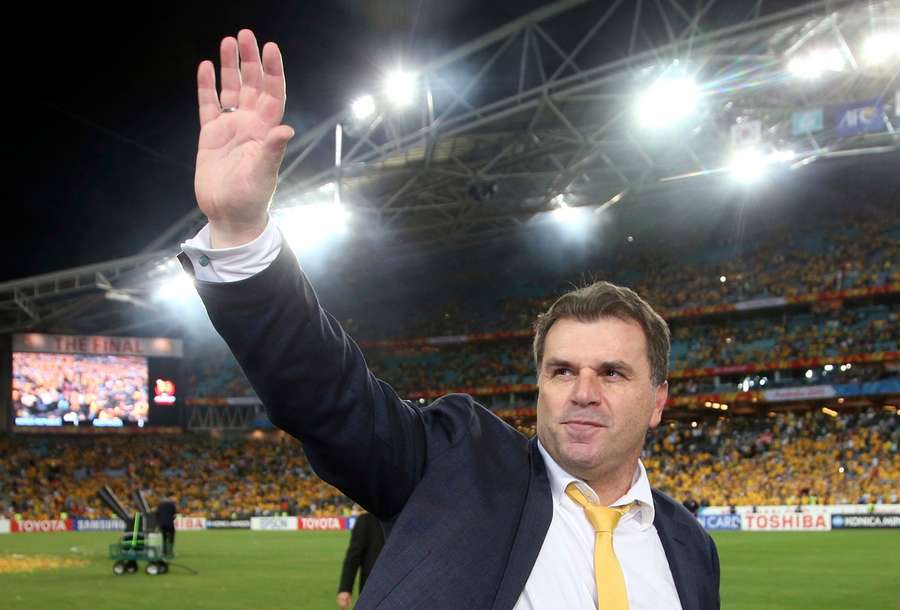
Back to the Socceroos, and moving on to the last World Cup in 2022: The team was led then by legendary former player Graham Arnold (in his second stint in charge of the side) and also made the Round of 16, equalling the achievement of 2006.
In Qatar, though, getting to the second round was way beyond the expectations of even the most ardent of fans. Where Hiddink’s side was packed with quality players from Europe’s’ best leagues, Arnold’s team was populated with players from the A-League, Asian leagues, second-tier European leagues and the Scottish Premiership.
Arnold made that side truly greater than the sum of their parts and their Round of 16 exit could be held up as the Socceroos’ greatest World Cup in relative terms. They weren’t the best Socceroos of all time, they weren’t the most glamorous, but they played out of their skins and over-achieved more than any other side previously had.
Unfortunately for Arnold, his magic wore off during the ongoing 2026 World Cup qualifying campaign in Asia. After a shock home loss to Bahrain and a draw away with Indonesia last month, he decided to step down as Socceroos boss and pass the baton on.
Tony Popovic was thrust into the hot seat soon after. Another former Socceroo, another of Croatian ancestry, Popovic was also a member of Australia’s golden generation and yet another who started his career at one of the country's better-known ethnic clubs - Sydney United.
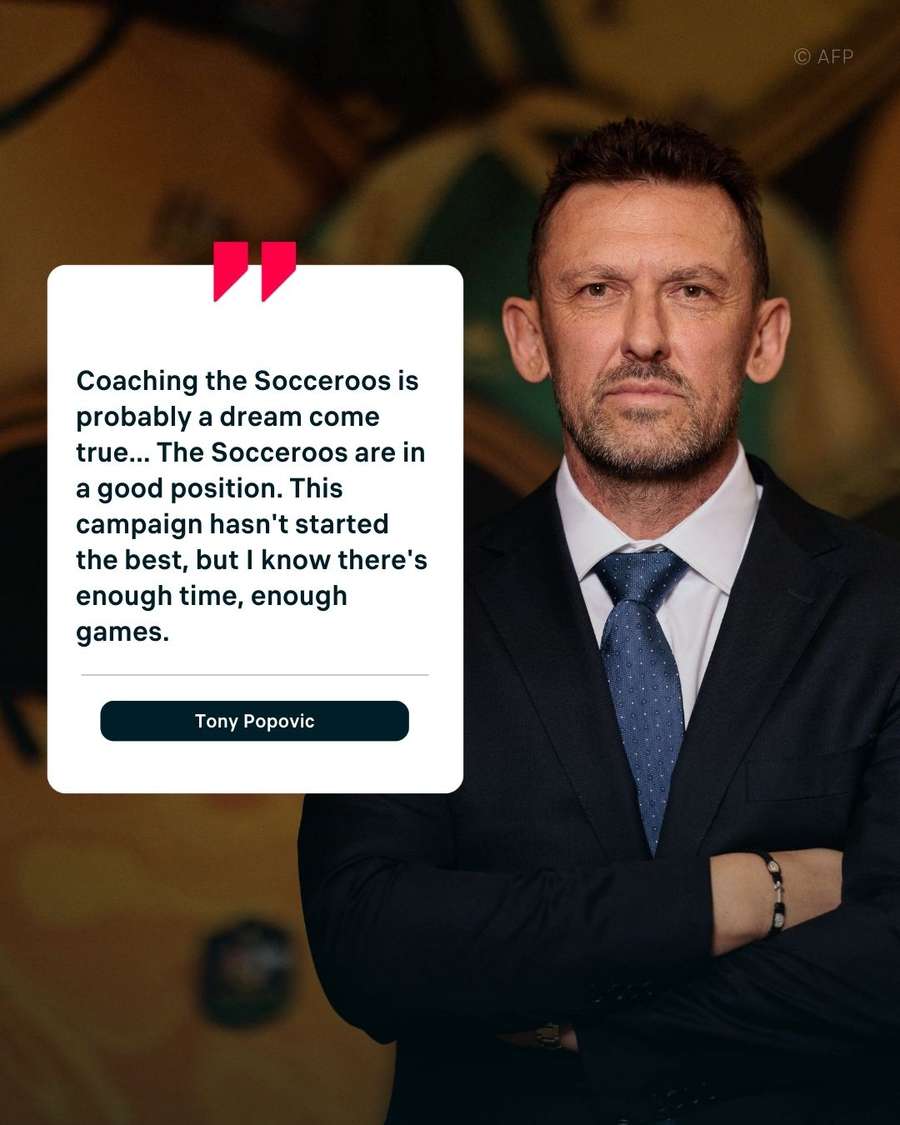
Popovic has an impressive managerial CV. Despite never winning the A-League Grand Final, he took Western Sydney Wanderers to three finals and won the Asian Champions League with the club just two years after they were created from scratch.
He later took both Perth Glory and Melbourne Victory to Grand Finals as well. Some might say he’s a perennial runner-up having lost all five Grand Finals he’s been to, but I bet most Socceroos fans would take second place over what they currently are, which is fifth in their World Cup qualifying group.
Fast forward to the present: The Socceroos side have changed a lot since the halcyon days of the mid-2000s. And in many ways too. They aren’t as strong, they don’t have the same pedigree of players available to them. Ironically or perhaps sadly, since the A-League’s inception, the production line of talent has dried up somewhat or rather, the pathways into Europe's top leagues have narrowed. Australia, arguably, has a higher level of domestic football now than when the NSL was around but also fewer players at the world's best clubs.
Nevertheless, five World Cup appearances in a row is sustained success. However, this should be caveated by the fact that since the 2006 qualification for which the Socceroos had to overcome Uruguay in a playoff to seal a spot, the federation shifted to the Asian Confederation (AFC) from Oceania (OFC), making World Cup qualification far smoother than it once was. What’s more, with the expanded World Cup from 2026, qualifying is even easier now than ever.
The current Asian qualifying campaign sees the Socceroos needing to finish in the top two of a group containing heavyweights Japan and Saudi Arabia to seal one of the direct qualification berths. However, even finishing third or fourth in the group would give them further chances to qualify.
In short, it’s not too hard for the Socceroos to reach the next World Cup in the current format. In fact, it’s very forgiving and qualification should be par. Having said all that, an imperfect start under Arnold has left Popovic with plenty to do. They next play China on Thursday in Adelaide before a tough assignment away against Japan on Tuesday.
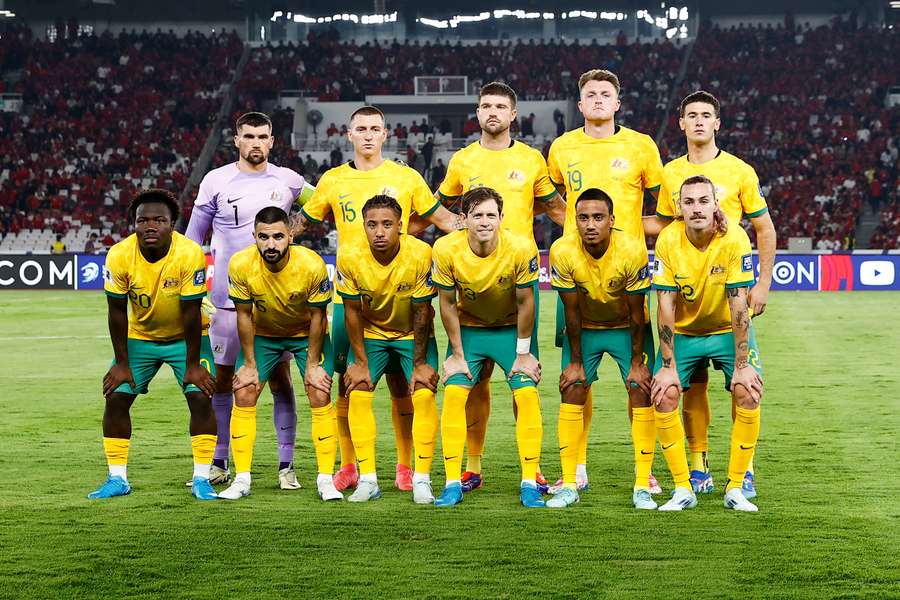
In a broader sense, the face of the team has changed as well. Names like Gauci, Hrustic and Stamatelopoulos hark back to the European migrant groups that have provided players over the decades and there are plenty of players of British backgrounds (even British birth) as well. But those are now further supplemented with players of a wider variety of ancestries.
Irani, Sudani, Ugandan, Burundian & Sri Lankan - the Socceroos are now more diverse than they ever have been, which is wonderful to see. They might not be the golden generation but they are more and more the nation’s team.
Nestory Irankunda - the great new hope of the current generation, on the books of Bayern Munch and a migrant from East Africa - could one day be mentioned in conversations alongside the likes of Harry Kewell, Tim Cahill and Viduka. Of course, there’s a long way to go to get there but it’s an exciting prospect nonetheless for fans.
There’s a huge sense of pressure that comes with the expectations of Irankunda and the other rising stars of Australia. But you know what they say about pressure: It’s a privilege.
The Socceroos have long played an important role in Australian sporting society for their unique ability to provide a sense of pride and identity to otherwise silent or marginalised sectors of society. The more the face of the country evolves and diversifies, the more the team does too and the more that role only broadens and touches more people in a country that is changing quicker than it can explain itself.
I’m Australian. You’re Australian. And (one day), we’re all going to the World Cup again. More together than ever.




